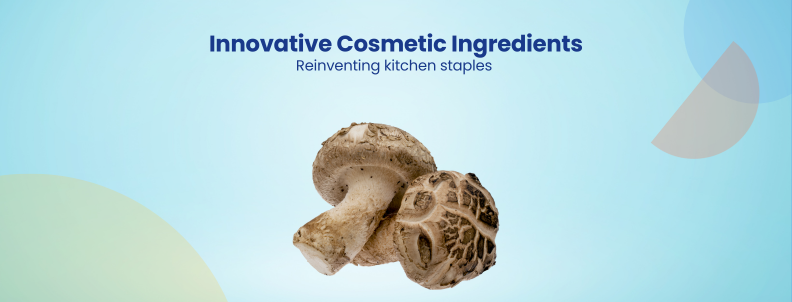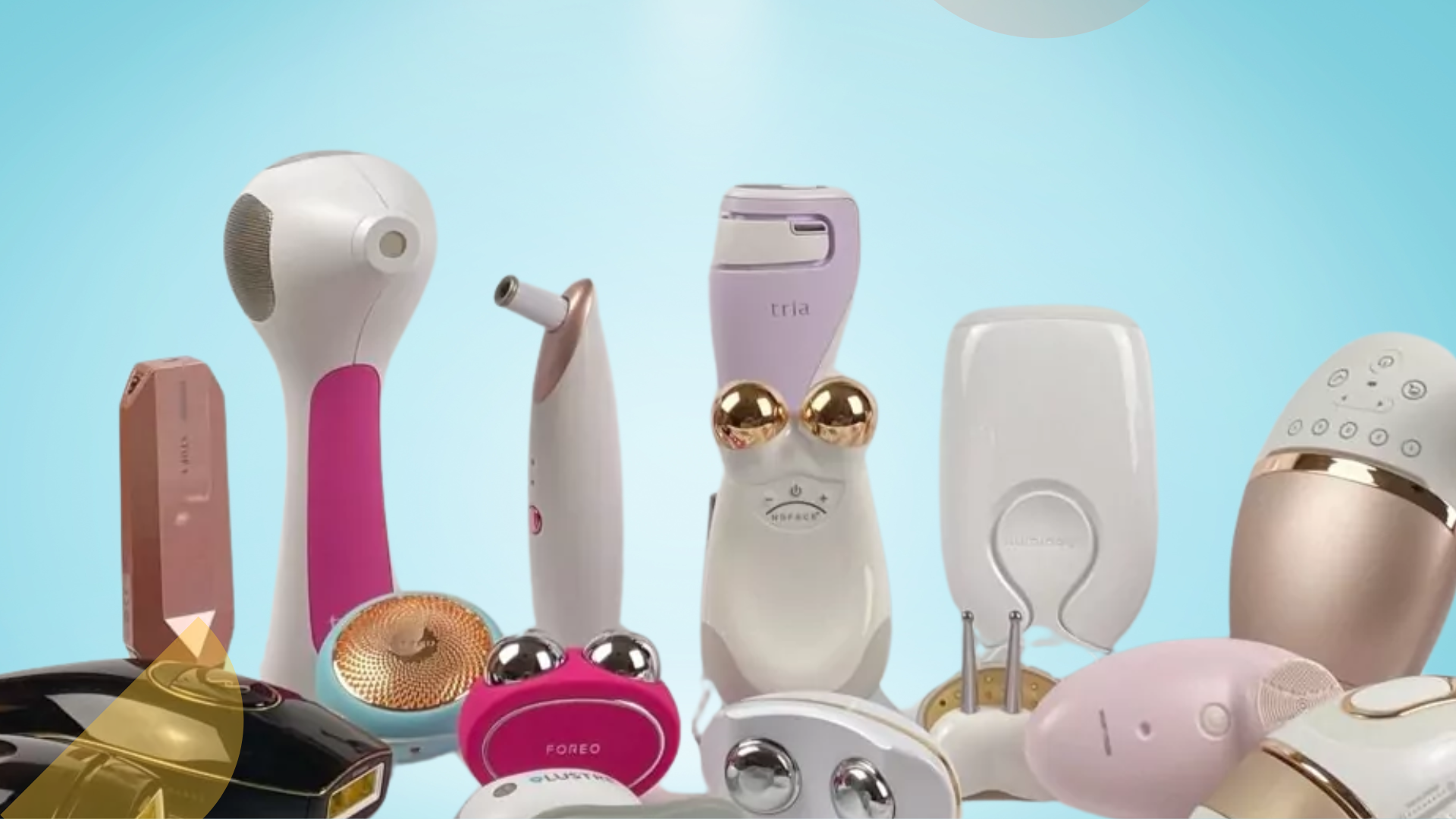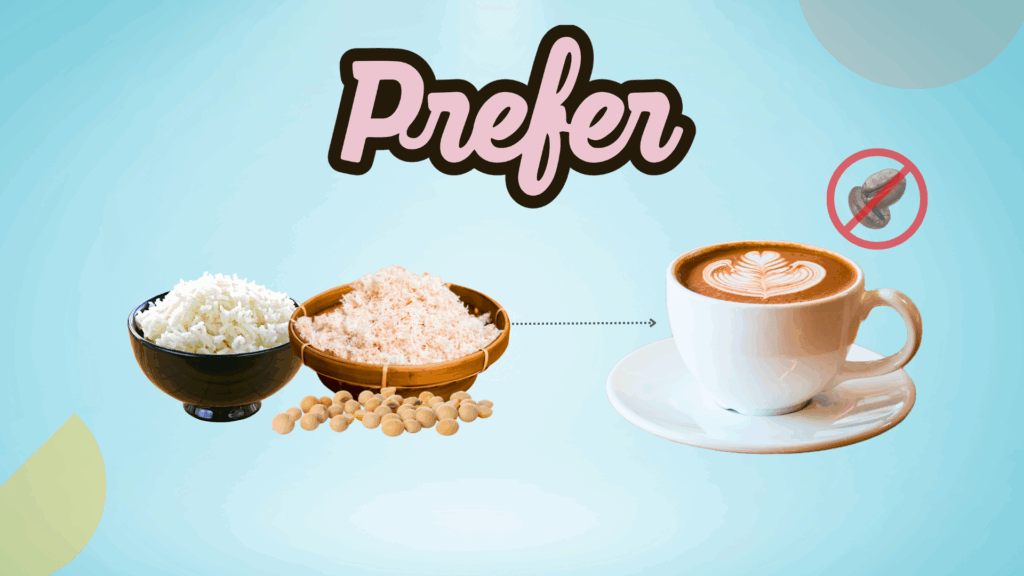As familiar as we are with traditional cosmetic elements such as water, emulsifiers, preservatives, fragrances, colorants, surfactants, and antioxidants, there is a notable shift in ingredients. This shift signals a growing demand for sustainable, natural, and eco-friendly cosmetics in the foreseeable future.
Statistical insights project that the global cosmetic ingredients market will grow substantially from USD 33.6 billion in 2022 to USD 58.8 billion in 2031, driven by increasing awareness of sustainability and the benefits of bio-based cosmetic ingredients.
While using food in cosmetic products isn’t new, there’s a newfound appreciation for its benefits to the skin and the environment, sparking a kind of food revolution in the cosmetics industry. Since food ingredients are seen as safe, there’s an enormous potential for using them in cosmetics.
Get a comprehensive analysis of cosmetic industry trends that will transform the industry in 2025. Fill out the form below and get our exhaustive cosmetic trend report directly in your inbox.
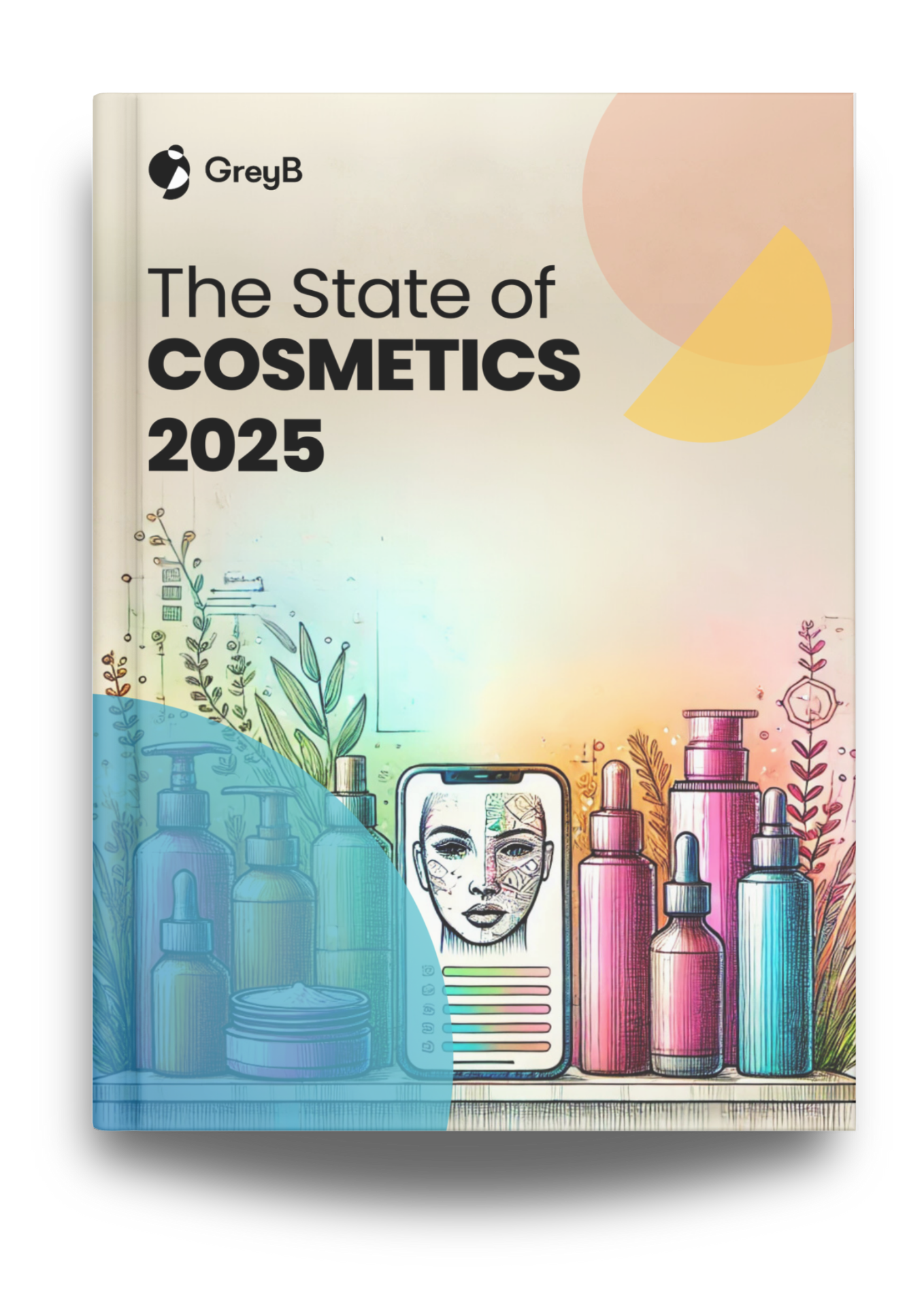
This report explores emerging materials that are transforming the cosmetics industry as we know it.
1. Mushroom Extract
In response to consumer demand for natural and sustainable products, the cosmetic industry is exploring mushrooms for unique bioactive compounds like polysaccharides, polyphenols, and vitamins. These compounds offer potential skincare benefits, aligning with consumer preferences and appealing to scientists for their innovation and effectiveness.
One researcher tried to develop a prototype by working on extracting pigments from fungi, including mushrooms, that could be used as a renewable replacement for industrially produced dyes. In collaboration with a cosmetic formulation chemist, the derived pigments could be used as colorants in lipsticks, eyeshadows, and tinted skin creams.
As per Personal Care Insights, fungi-based ingredients are a rising trend in the cosmetics industry, providing an economical source of natural elements due to their ease of cultivation and richness in fatty acids, enzymes, peptides, vitamins, lipopolysaccharides, and pigments. This emergence introduces a new industry category – “mycocosmetics.” (myco means relating to fungi).?
Among the many fungi-based ingredients, mushroom extract seems to be the trending one for 2024. Mushrooms (i.e., carpophore fungi) are rich in antioxidants, vitamins, and minerals that promote healthy skin and hair, making them attractive to consumers seeking natural and holistic skincare/haircare solutions. The mushroom extracts and their bioactive metabolites show excellent anti-oxidant, anti-wrinkle, anti-aging, moisturizing, and skin-whitening effects, making them ideal and multi-functional cosmetic components.
Recommended Read
Which mushroom species are researchers using in skin formulations?
Out of the 150,000 mushroom species, seven strains are currently most commonly used in skincare formulations: reishi, tremella, shiitake, cordyceps, coprinus, chaga, and trametes versicolor. Some types of mushrooms, such as reishi, shiitake, and tremella, are classified as adaptogens. Adaptogens have antioxidant properties that can neutralize free radicals created by environmental stressors such as UV radiation, pollution, etc, as well as anti-inflammatory properties to help calm and repair the skin. In skincare, the most popular of the thousands of varieties of mushroom is tremella or the snow mushroom, also known as the ‘beauty mushroom’ because it can hold 500 times its weight in water, making it an alternative to hyaluronic acid in terms of plumping the skin, locking in water and softening texture.
Recent Product Launches by Beauty Companies
Several beauty companies have begun using fungi extracts in their formulations, and mushroom extract has been an ingredient in a few recent launches.
1. Shroom Skincare (a 2023 beauty brand)
The company debuted its first product, Mycelium Glow Brightening Serum. This oil serum combines the utility of mushrooms and vitamin C to rejuvenate skin, even tone and moisturize. The brand combines trending mushroom extracts – maitake, chaga, reishi, and cordyceps – together with vitamin C to create an antioxidant serum that provides many benefits for the skin.
2. Integrity Ingredients
In June 2023, the leading raw material provider unveiled the IntegriMoist Silver Ear Mushroom Powder Extract for skin care. Derived from the Tremella Fuciformis Sporocarp, this extract effectively addresses fine lines and wrinkles, improves skin elasticity, and imparts a smooth and supple texture to the skin.
3. UpCircle
In 2023, the beauty brand launched a hair conditioner consisting of turkey tail mushroom extract. Interestingly, the product also consists of upcycled orange peel wax.
Recent Research and Innovation
A decent amount of research and innovation can also be seen in this direction. Recent research suggests that scientists are exploring and delving into various mushroom extracts for cosmetic applications. For instance –
- A recent patent, KR102550653B1, published in July 2023 by Hansel Biotech (a Korean company specializing in cosmetic R&D), is focused on a soothing skin composition made up of a mushroom complex.
- Another Korean brand, Charmzone, got a patent, KR102488079B1, in January 2023 for their skincare formulation containing shiitake mushroom and matsutake mushroom as active ingredients having skin wrinkle & elasticity improvement, antioxidant, and skin moisturizing effects.
Matsutake mushroom is a mycorrhizal fungus that grows in Asia, Europe, and North America. In Japan, there is a high demand for this mushroom, which is a highly prized delicacy. Shiitake is revered in Asia for its culinary and reputed medicinal qualities. It’s the second most cultivated mushroom in the world.
Looking for a deeper understanding of the developments in sustainable cosmetic ingredients and the companies and startups leading the trend? Get a customized landscape study that provides comprehensive insights. Talk to our experts now!
How Can We Help You?
We support industry-leading R&D and Innovation professionals through complex problems. Describe your challenge, and let us bring clarity and expertise.
2. Upcycled Waste for Cosmetic Applications
According to recent market research, the upcycled cosmetic ingredients market is projected to reach $433.5 million by 2031.
Upcycled cosmetics are a novel trend featuring cosmetic components derived from plant-based waste deemed too valuable to discard. While food ingredients have long been part of skincare and hair care formulations, using food waste in cosmetics is a newer, eco-friendly development.
The upcycling phenomenon gains momentum as consumers become increasingly conscious of cosmetic products’ origin and environmental impact.
Cosmetic companies, including industry giants like L’Oreal and Unilever, are investing in research and development to integrate various repurposed food waste as fundamental ingredients.
Primary Categories of Repurposed Food Waste –
1. Coffee Derived By-Products
According to a report by In-Cosmetics, new materials obtained from coffee by-products and their upcycling have been especially popular in 2023.
Coffee by-products possess various bioactive compounds like chlorogenic acids, caffeine, etc., and other chemical characteristics that can serve as active ingredients in cosmetic formulations. Coffee silverskin and spent coffee grounds are high-volume by-products of the coffee industry formulations. Converting by-products into products of higher quality or value, an upcycling approach, represents the closing of the circle of a design aimed at increasing the product’s overall sustainability in a circular economy model.
Recent patent applications also hint towards coffee by-products being actively used as functional ingredients in cosmetic products.
Givaudan, a global fragrance and beauty leader renowned for utilizing upcycled cosmetic ingredients, recently patented WO2022194912A1. The patent discloses a sun protection composition (UV filter) incorporating coffee bean extract from recycled coffee grounds.
On the market end, many recent developments hint towards the active use of coffee by-products in cosmetics. For instance, the European trending coffee startup Kaffee Bueno (a Danish biotechnology company) recently, in October 2023, opened the world’s first coffee biorefinery. The biorefinery provides a source for naturally derived, upcycled active and functional coffee by-products ingredients for skin care, beauty, and personal care. The biorefinery, which has 2.5 million backing from the European Innovation Council, can upcycle 500 tons of coffee grounds yearly.
Many of these coffee-based ingredients are efficient alternatives to the traditionally used cosmetic ingredients. For example, its flagship product, KAFFOIL-R®, has been scientifically proven to enhance hair shine by 330% while significantly minimizing hair breakage and split ends by -94% in Caucasian and Brazilian hair types. These findings establish it as a sustainable alternative to commonly used Argan oil.
2. Bio-based ingredients-
- In November 2022, P2 Science, a chemical manufacturing company, launched its CitroSperse product range, focusing on color cosmetics. This innovative line comprises ten bio-based ingredients, including upcycled forestry byproducts, marking a significant step forward in sustainable cosmetic manufacturing.
- In February 2023, a Malaysia-based beauty brand, R+B, was launched, using spent coffee grounds, fruit waste, seeds, and shells as the core cosmetic ingredients. R+B presents a collection of five products featuring the Anti-Cellulite Body Cream, Anti-Cellulite Body Scrub, Deep Cleansing Face Gel, Exfoliating Face Scrub, and Revitalizing Face Moisturizer. Infused with coffee, renowned for its potent antioxidant properties, these products offer a sustainable and rejuvenating skincare experience.
- Next, in March 2023, the UK-based natural skincare brand My Skin Feels launched its two products – a moisturizer and a facial cleanser, which use mandarin fruit juice to replace normal water. The brand claims to have eight kilos of waste, giving rise to one liter of ingredients and specifies that it does not add any water to its products.
- In May 2023, Givaudan published a patent, WO2023052491A1, on a topical cosmetic composition containing cranberry extract. After partially extracting polyphenols from cranberry juice, the extract becomes an upcycled product.
- In Sept 2023, the skincare brand Loli Beauty collaborated with Sumo Citrus (a brand of oversized mandarin orange) to use the unused fruit peels to make powder and oil used in its cleanser.
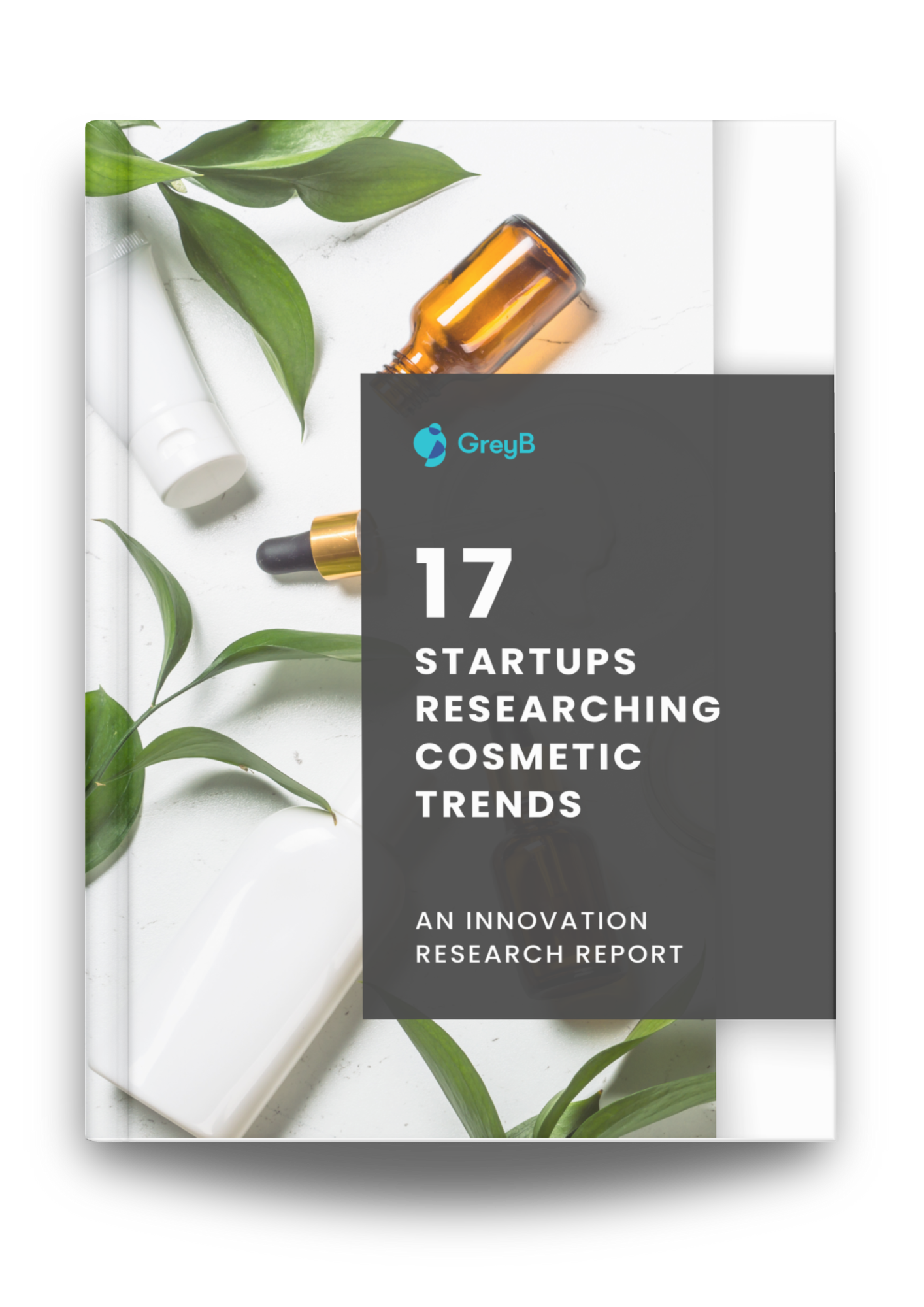
Innovative Cosmetic Startup Report
Download Report3. Opting for Guarana Extract as a Coffee Substitute in Cosmetics
Guarana berries, renowned in nutrition supplements, are now making waves in the cosmetic market. The climbing plant Paullinia cupana, native to the Amazon, yields guarana, valued for its antioxidant-rich and highly caffeinated properties.
With the highest natural dose of caffeine globally (2%-8%), guarana is a genuine alternative to coffee, especially in the cosmetic industry. Caffeine, a key component, aids in shielding the skin from UV radiation, slowing down photoaging, and enhancing circulation.
As per a recent report, the Guarana Extract market has shown consistent growth, fueled by rising demand for natural and health-focused ingredients across sectors like beverages, dietary supplements, and functional foods. This trend aligns with the growing demand for such ingredients in the cosmetics industry.
Significant innovations and research –
- Potential to brighten skin and soothe scalp
In February 2021, Givaudan launched a collection of six natural, traceable extracts, including Guarana. Their recent patent filed in March 2023, CH719024A2, revealed that guarana extract has the potential to be a skin-whitening ingredient and aids in alleviating dry dandruff on the scalp.
- Liposomal Innovation for Enhanced Topical Application
In a recent study, researchers explored the potential of using guarana-loaded liposomes for topical applications.
The study pinpointed five key active compounds in guarana— theobromine, theophylline, caffeine, catechin, and epicatechin.
However, these active ingredients faced oxidation challenges due to their chemical nature. To counter this, researchers introduced nanoparticles, specifically liposomes, improving the bioavailability of the natural product.
This breakthrough not only enhances the release of active compounds but also holds promise for minimizing ingredient oxidation in future formulations by manufacturers. (Source)
Future Outlook
Over the next 20-30 years, the cosmetic ingredients industry will significantly transform with upcycled, bioprospected, and sustainably sourced ingredients. Upcycled waste materials, like coffee by-products and fruit peels, will replace traditional ingredients due to their efficacy, cost-effectiveness, and eco-friendly nature. Indie brands are already leading this trend, paving the way for significant industry players.
This “waste-to-beauty” movement is ready to become the norm, driven by advancing analytical techniques and biotechnologies. Large and niche manufacturers will explore novel sources for cosmetic actives, including bacteria, fungi, algae, and agricultural by-products. Simultaneously, the industry will move away from environmentally and health-concerning ingredients, propelled by consumer activism and regulatory changes.
How Can We Help You?
We support industry-leading R&D and Innovation professionals through complex problems. Describe your challenge, and let us bring clarity and expertise.
Authored By: Hadeeba Jalali, Patent Analytics
Edited By: Ridhima Mahajan, Marketing
Read Next: 5 Sustainable Alternatives to PTFE And PFA In Cosmetics Complying With The US Bans

